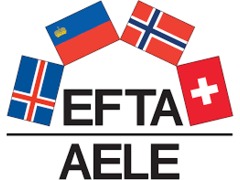FINEFTA - Joint Council
Documents from [1961] to [1994]Identity Statement
54 volumes, 24 files
Alonso Fernandez, Juan; Carr, Mary
Context
The Establishment of the FINEFTA association system was formally based on Article 41 of the Stockholm Convention. It bears many similarities to the association systems established by the EEC. However, the objectives of the system differ in that FINEFTA was established to create a free trade area while the EEC from the outset was a customs union and more importantly FINEFTA was created between the member states of EFTA individually and Finland and not between EFTA collectively and Finland. There are supranational elements or institutions in the Joint Council of FINEFTA. Each member of the Council has one vote, although usually in practice decisions are taken by consensus. At a certain point the Joint Council and the Council of EFTA ceased to exist as distinct institutions and were considered from 1964 as one and the same. The Joint Council and other FINEFTA institutions of lesser importance gradually formed a collective uniform identify which consolidated and promoted its operations.
Content and Structure
At the endo of 1967 it was decided that the Council and Joint Council should meet simultaneously except on rare occasions where it might be necessary to have separate meetings (EFTA/DC 12/67) and FINEFTA/DJC 11/67). Records of most business can be found in the Summary Records of the Simultaneous Meetings (bearing the symbol EFTA/CJC.SR).
